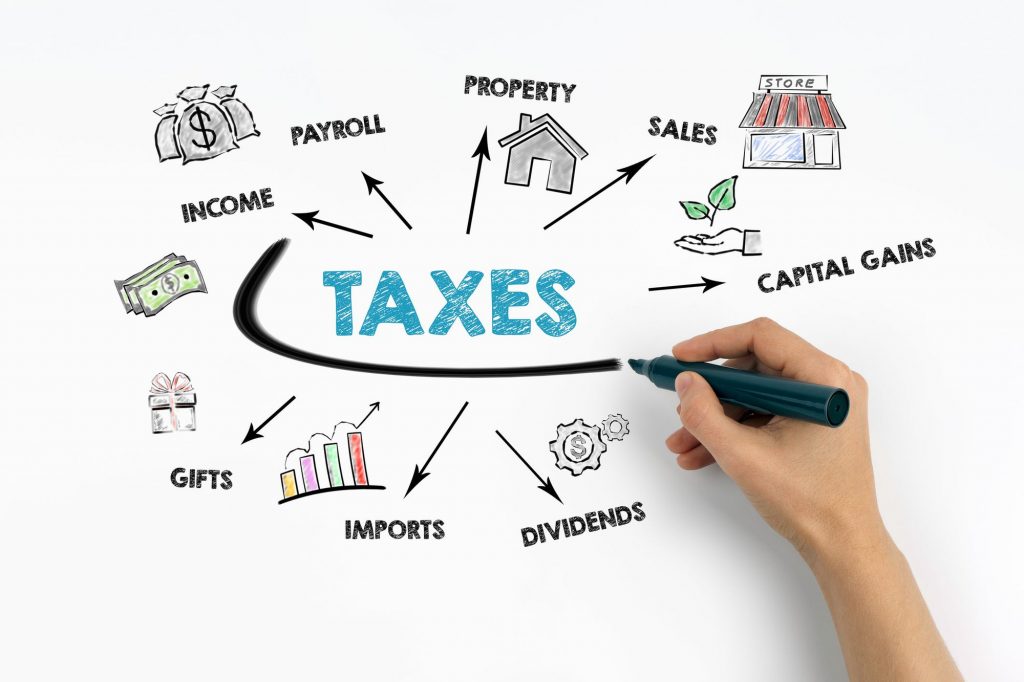
As we approach year’s end, there’s still a little time left in which you can change your tax situation for 2020, and even more time to think about what it will look like in 2021. Among the key steps to take now: Carefully placing your investments in the proper accounts, calculating how your actions this year will impact your tax bill several months from now, and planning ahead to ensure you have enough liquidity available to pay what you owe.
Here are five basic moves that almost anyone can take to reduce their tax burden, which hopefully will help you reach the point where you’re financially able to retire sooner.
1. Open an IRA today
Here’s a lesser-known wrinkle for your annual tax planning strategy. While you can make IRA contributions for one year as late as April 15 of the following year, you must have opened the account by Dec. 31 of the year for which you’re registering the contribution. So, for example, if you want to make a 2020 Traditional IRA contribution on April 1, 2021 (and take the deduction for 2020), that’s completely fine — but the account had to have been established by Dec. 31, 2020. There are still a couple of days left to open your IRA, and whether it’s a Roth or Traditional account, it needs to be opened now for any retroactive contributions to be possible.
2. Review your asset location choices
Asset location refers to the specific account that holds a given investment. From a tax perspective, this tends to really matter over long periods of time. For example, instruments that derive most of their return from income — such as corporate bond funds or real estate investment trusts (REITs) — should be placed in tax-deferred accounts like Traditional IRAs or 401(k)s. As income is paid in the form of cash distributions, it is not taxed immediately in these accounts; it will only be taxed when withdrawn.
Higher-growth investments, like stock ETFs or mutual funds, should be placed in tax-free or taxable accounts. These vehicles, broadly speaking, derive much of their value from price growth as opposed to from interest or dividends, and you’ll only incur a tax bill on that growth when you sell your investments. Further, if you invest in any international funds, there is an opportunity for a small foreign tax credit if you hold them in a taxable account.
3. Consider charitable contributions
Among the many features of 2020’s CARES Act is that it allows for $300 worth of charitable contributions to be fully deductible from a taxpayer’s adjusted gross income (AGI), even if they don’t itemize. There is still a day or two left to make those charitable contributions, so it definitely makes sense to do so if you’re in a position to.
If you have the ability and desire to make larger contributions, you might consider donating appreciated stock or cash. For a single person in 2020, you’d need to donate at least $12,400 for it to make a difference on your tax return, assuming you don’t have any other itemized deductions.
4. Plan your retirement account contributions for 2021
If you have cash on hand to make 2021 retirement contributions as soon as possible, the math supports doing so. For instance, if it’s in your budget to make the maximum Roth IRA contribution for 2021 on Jan. 4 (the first business day of the year), that would be the best time to do it. The more time your money is invested, the more time it has to grow and compound tax-free. Put another way, by taking your Roth contribution amount (say, $6,000) out of your taxable account immediately, you’re shielding the money from future taxation for the longest period of time.
5. Create a tax plan
This is the right time to attempt to estimate the amount you’ll owe the IRS come April 15. So, sit down and aggregate your estimated taxable income for the year — this will give you a sense of where you currently stand. Perhaps you received significant dividends from one investment held in a taxable account and are now thinking about shifting it to a tax-deferred account — resulting in less tax paid in 2021. Maybe you moved into a higher tax bracket overall and it now makes sense to hold municipal bonds instead of corporate bonds. In any case, drawing a clear picture of what’s happened thus far in 2020 not only allows for tax optimization, it also can open doors to longer-term tax planning opportunities.
Small changes matter
Easy, simple, and free changes to your financial plan can have lasting positive effects — most of which require no ongoing maintenance or time commitment. If you pay attention to the details and grab the proverbial “low-hanging fruit,” you can almost certainly reduce your tax bill come April.




























